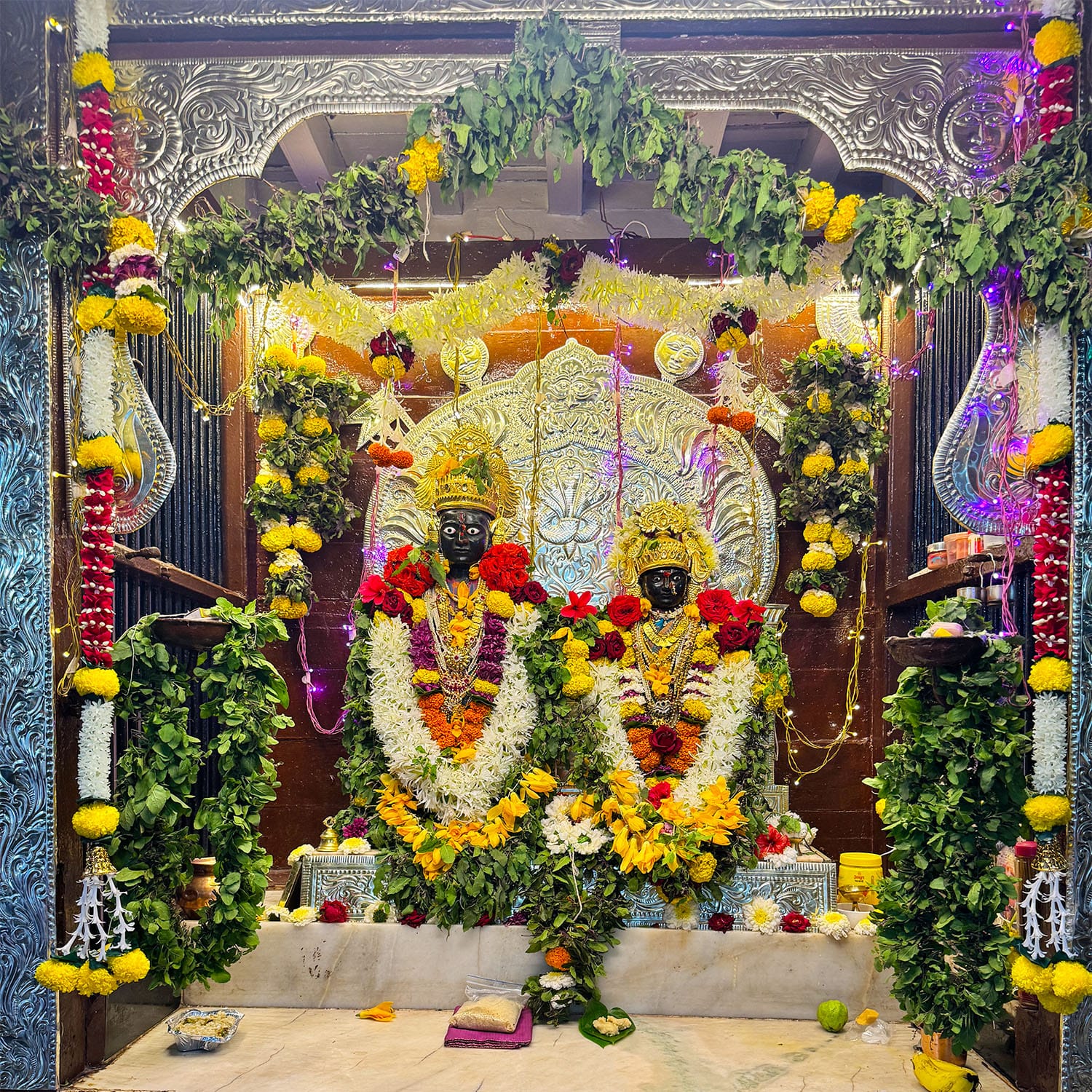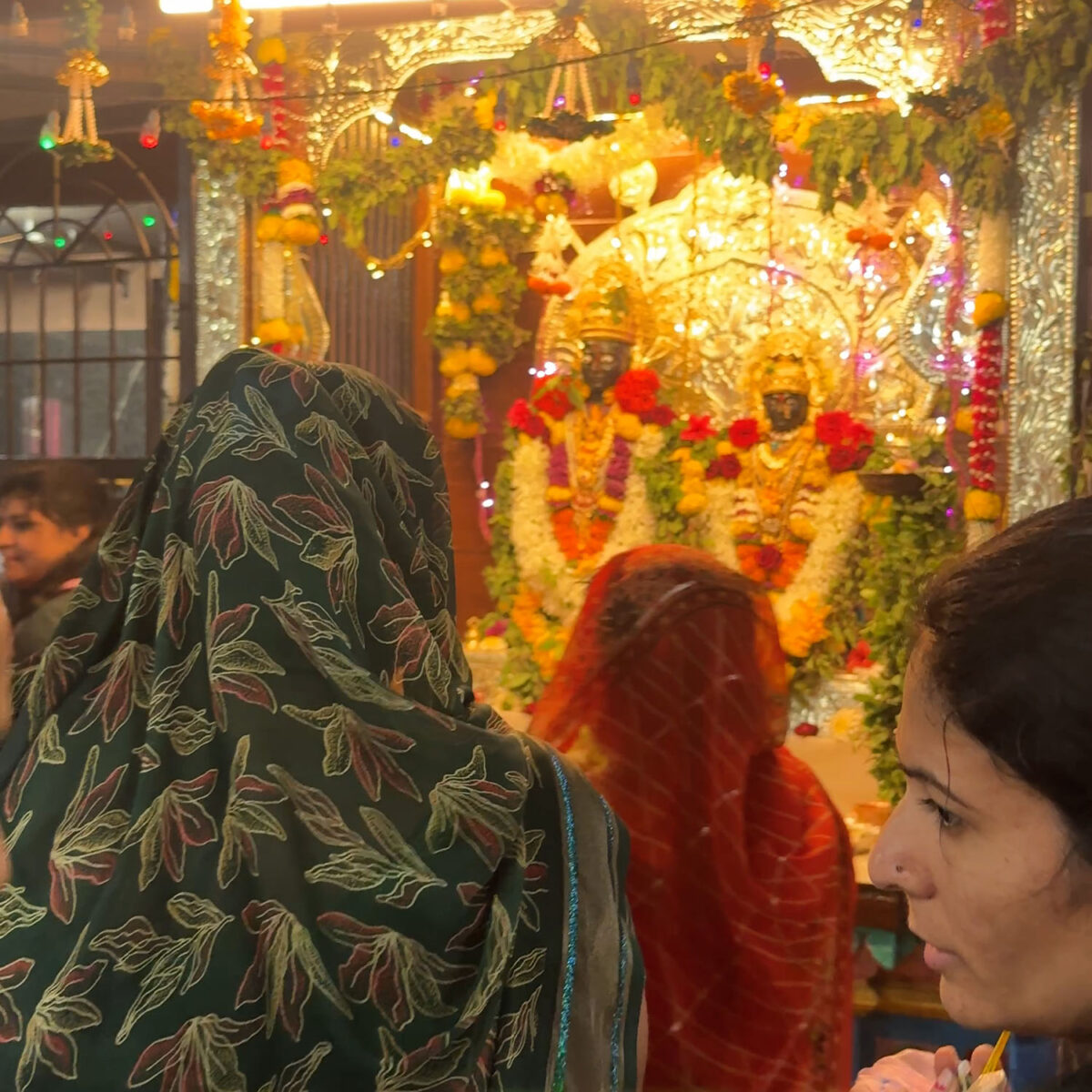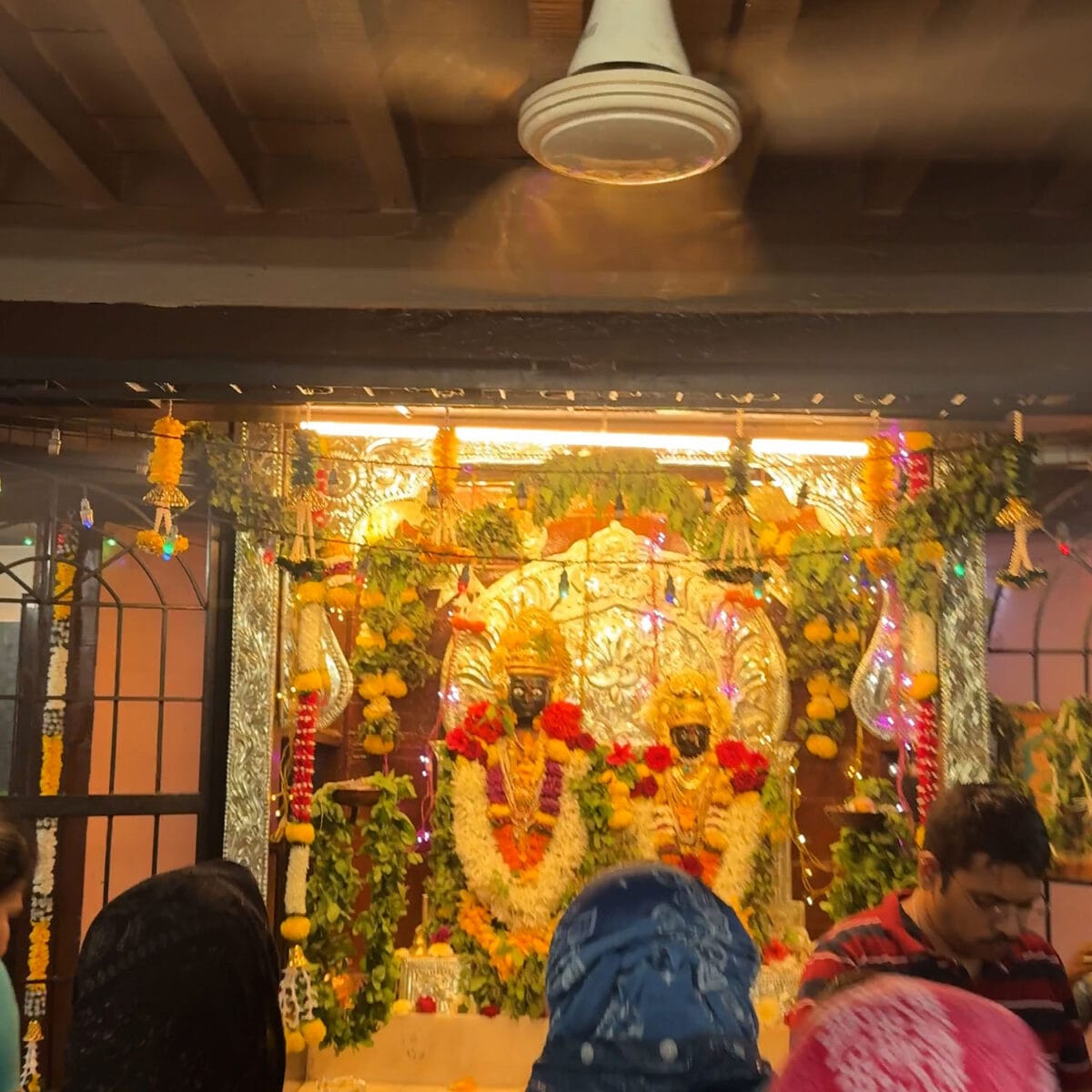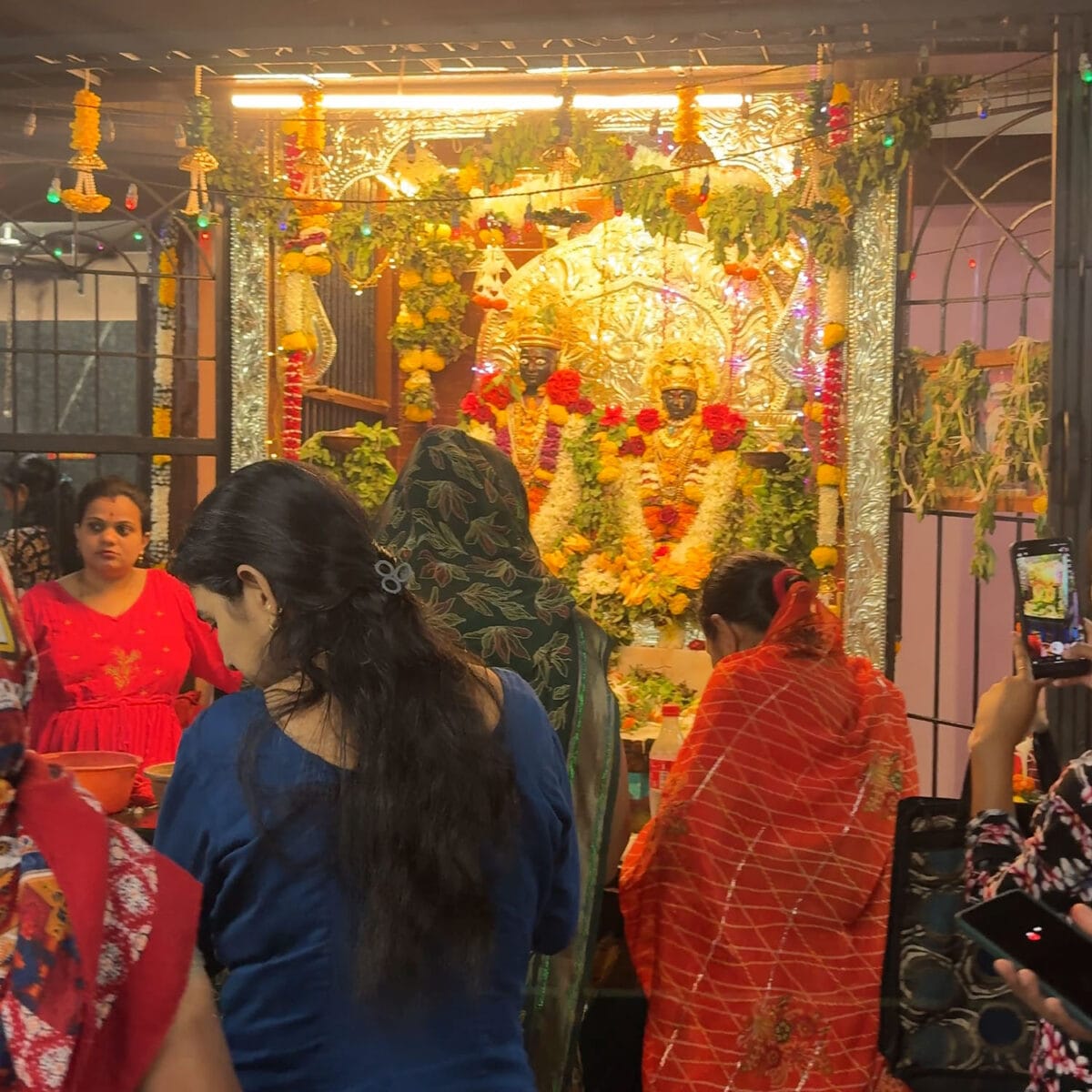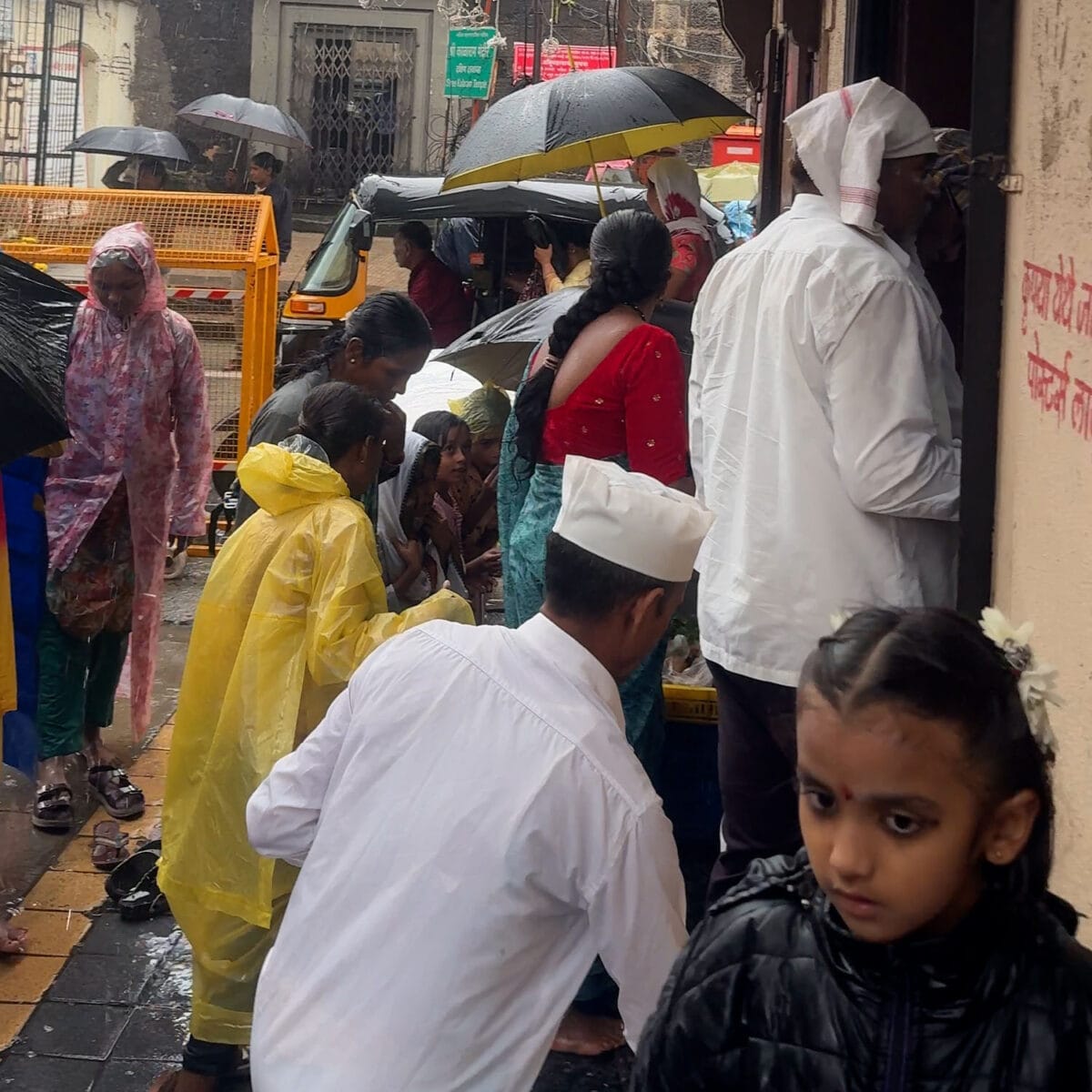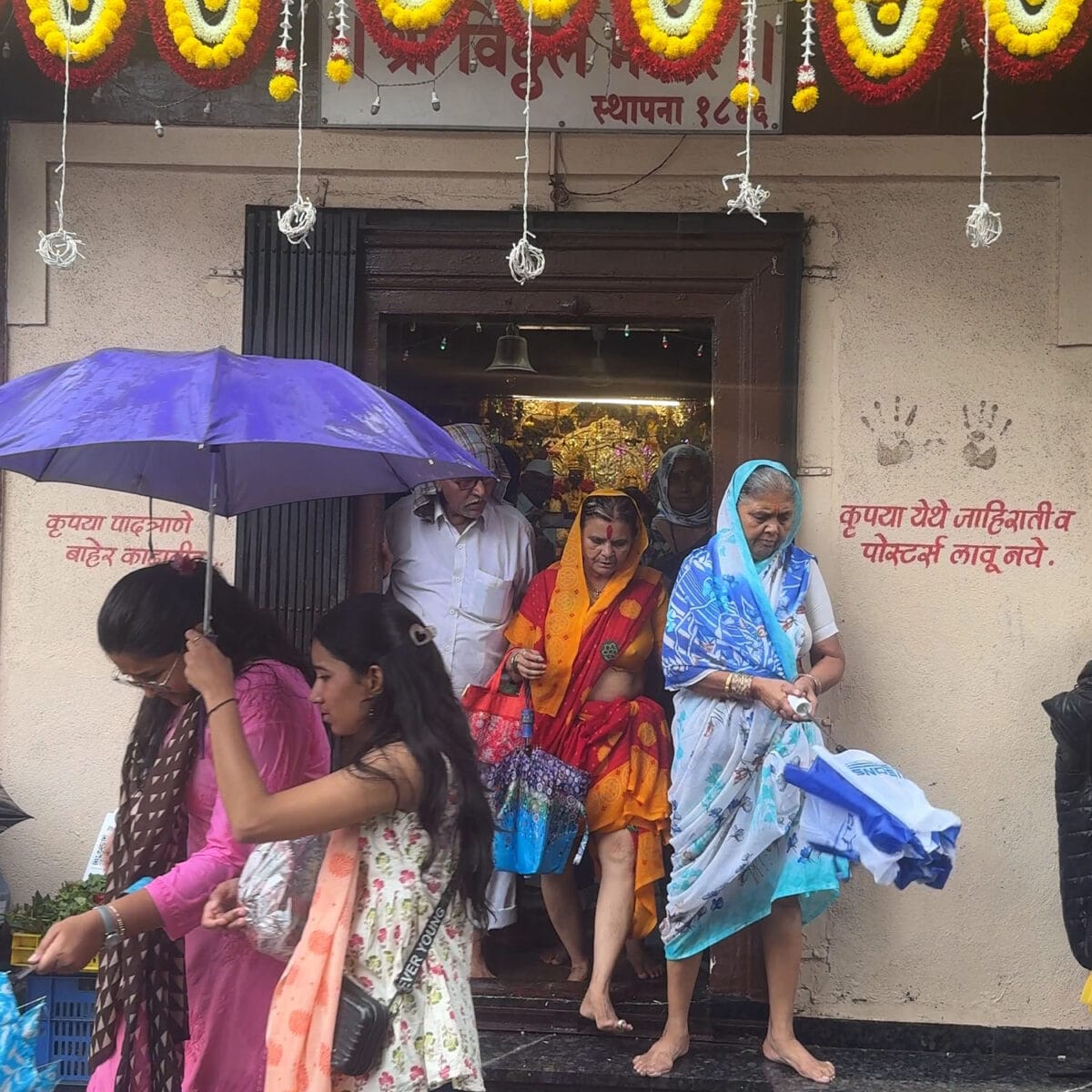Pandharpur, the spiritual heart of Maharashtra, comes alive every year with the vibrant celebrations of Ashadi Ekadashi devoted to Shri Hari Vitthal (an avatar of Krishna).
This auspicious day, falling in the Hindu month of Ashadha (June-July), draws hundreds of thousands of devotees from across Maharashtra and around the world to the iconic Vithoba temple Pandharpur, also known as the Vitthal temple Pandharpur, in an extraordinary show of Bhakti (devotion).
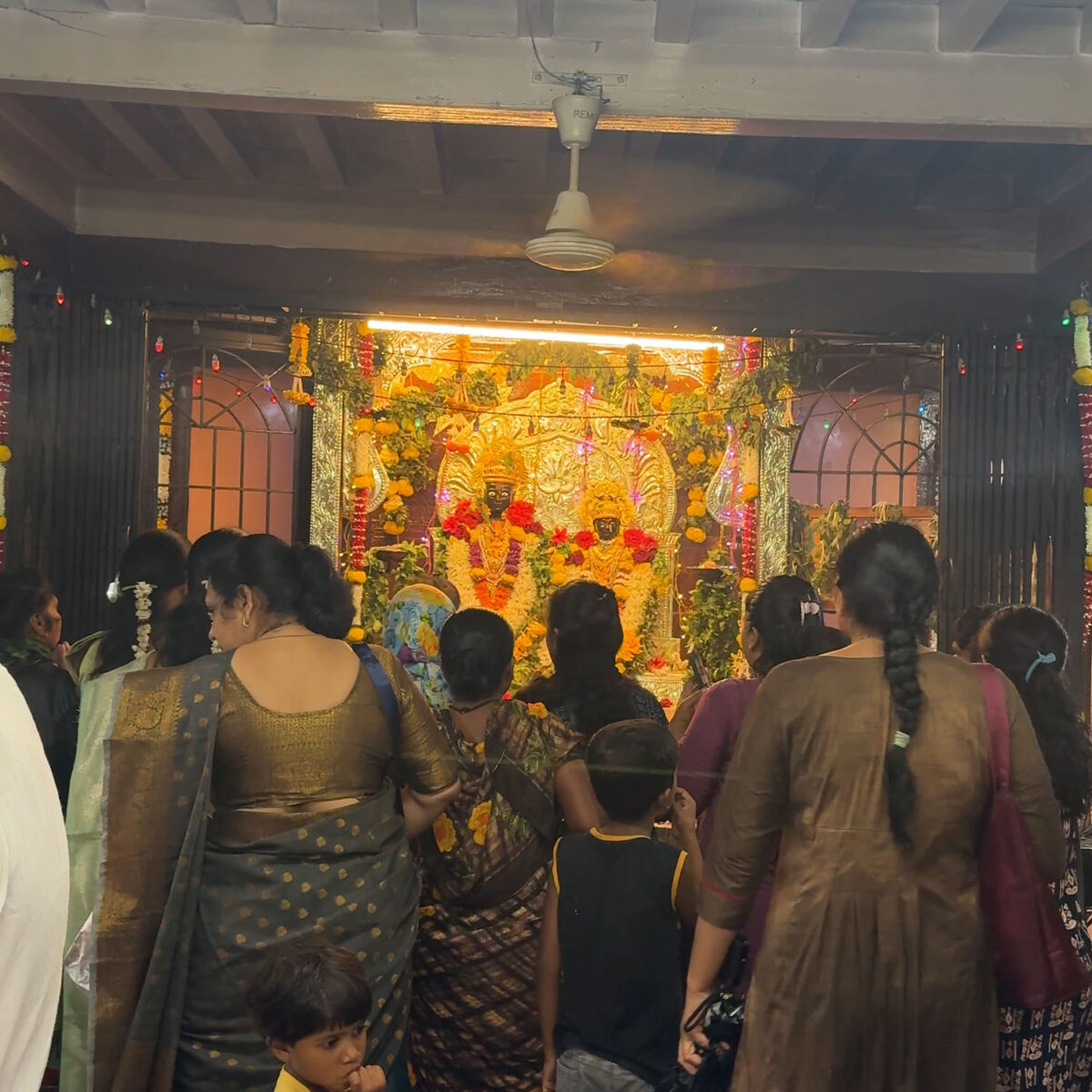
As the monsoon clouds gather over Maharashtra, the festival of Ashadhi Ekadashi awakens the hearts of millions, marking a pivotal moment in the Hindu religious calendar.
Celebrated predominantly in Maharashtra, this day signals the beginning of Chaturmas fasting, the culmination of the Warkari pilgrimage to Pandharpur, and the start of the cosmic sleep (Yoga Nidra) of Shri Hari Vishnu.
Understanding Ekadashi and Its Spiritual Significance
Ashadhi Ekadashi, also called Devshayani Ekadashi, is especially significant as it marks the start of Vishnu’s four-month slumber during the monsoon, known as Chaturmas.
Vishnu’s Cosmic Sleep or Yoga Nidra: Symbolism in the Monsoon
During the monsoon season, when moisture, dampness, and limited sunlight prevail, Lord Vishnu or Nature is believed to enter a state of divine rest or Yoga Nidra.
This period symbolizes a cosmic pause, encouraging devotees to slow down and focus on inner spiritual practice rather than external rituals.
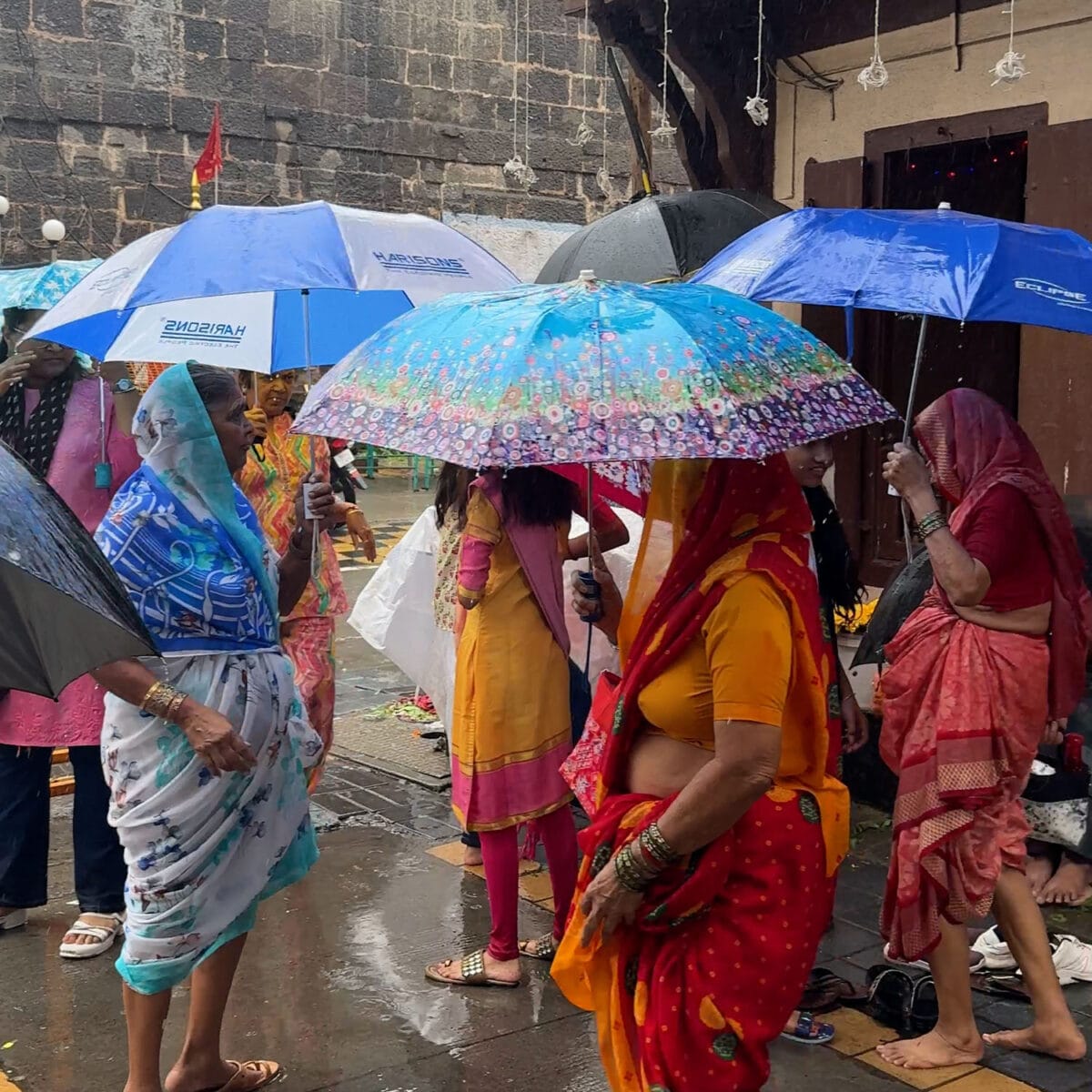
The Warkari Tradition and the Sacred Palkhi Processions
At the heart of Ashadhi Ekadashi is the vibrant Warkari pilgrimage, where millions of devotees join the palkhi processions carrying the sacred padukas (symbolic sandals) of revered Marathi saints like Sant Dnyaneshwar, Sant Tukaram, and others.
These palkhis (palanquins) depart from the saints’ native villages, traversing hundreds of kilometers on foot to reach the Vitthal temple in Pandharpur.
The journey is marked by continuous singing of abhang devotional songs, an integral part of the Bhakti movement in Maharashtra.
This pilgrimage is more than a physical journey – it is a collective act of devotion that breaks barriers of caste and creed, fostering unity and spiritual growth.
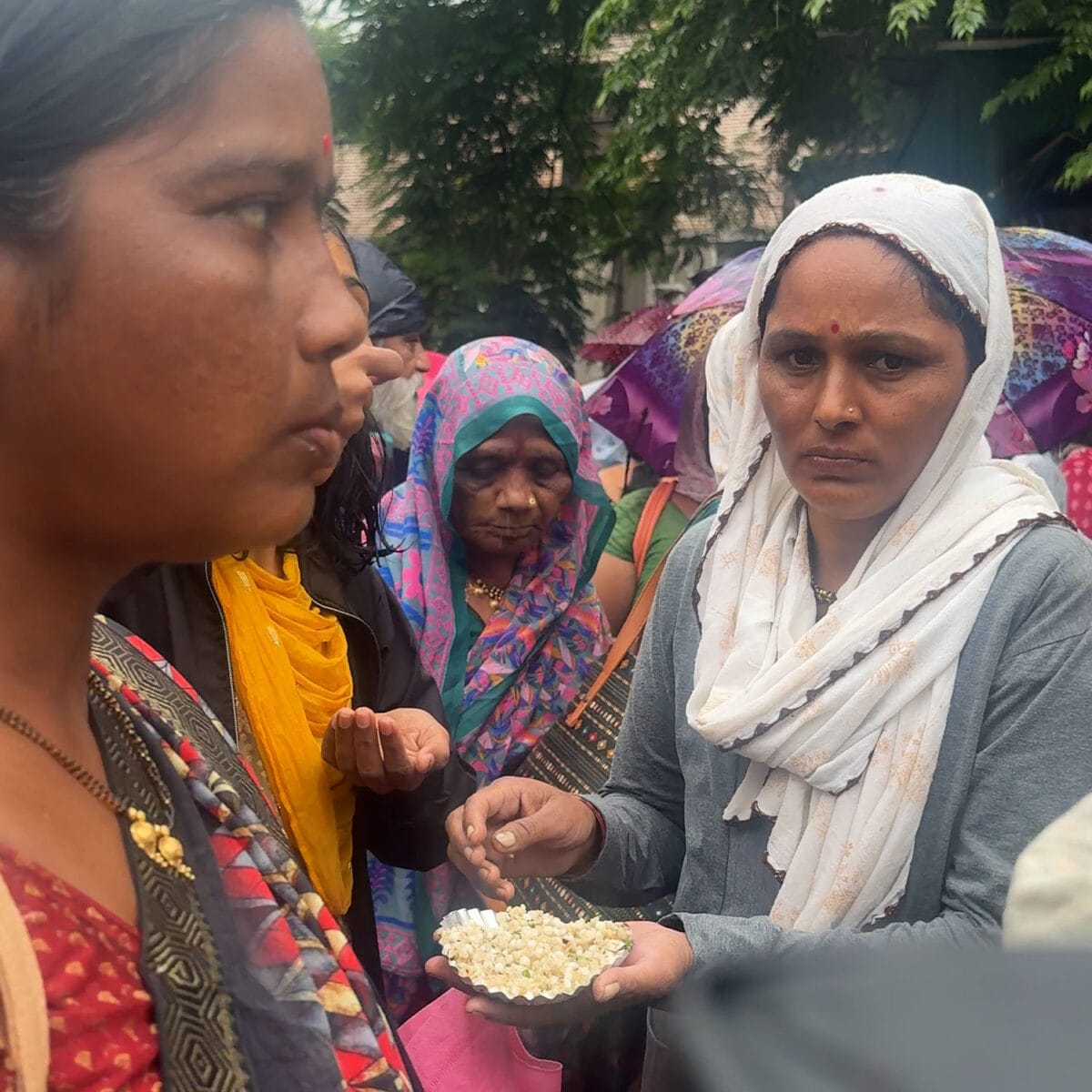
Major Palkhis Travelling to Pandharpur
- Sant Dnyaneshwar – great saint and fountainhead of the Bhakti movement in Maharashtra. Wrote the Dnyaneshwari. His palkhi departs from Alandi (Pune)
- Sant Tukaram – renowned saint of the warkari tradition. His palkhi departs from Dehu (Pune)
- Sant Nivruttinath – Elder brother and guru of Sant Dnyaneshwar. Palkhi starts from Trimbakeshwar (Nashik)
- Sant Sopandev – younger brother of Sant Dnyaneshwar, wrote the Sopandevi – a marathi translation of the Bhagwad Gita. Palkhi starts from Saswad (Pune)
- Sant Muktai – sister of Sant Dnyaneshwar and youngest of the siblings. Palkhi starts from Kothli, Muktainagar (Jalgaon) ~ 560 km, the longest distance of all the palkhis
- Sant Eknath – Devotee of Vitthal and major sant of the Bhakti tradition, palkhi starts from Paithan (Ch. Sambhajinagar)
- Sant Gajanan Maharaj – great saint of the Bhakti tradition, huge number of followers especially in the Vidarbha region, palkhi leaves from Shegaon (Buldhana)
Rituals, Fasting & Collective Devotion
Devotees traditionally observe nirjala (no-water) fasts or phalahar (fruit-only). Daytime is filled with Tulsi puja, chanting “Vitthal Vitthal,” and night-time with bhajans and kirtans.
The fast concludes at dawn on the 12th lunar day (Dwadashi) which would be 7 July, 2025 this year. Devotees also take a ritual dip in the Chandrabhaga river before entering the temple .
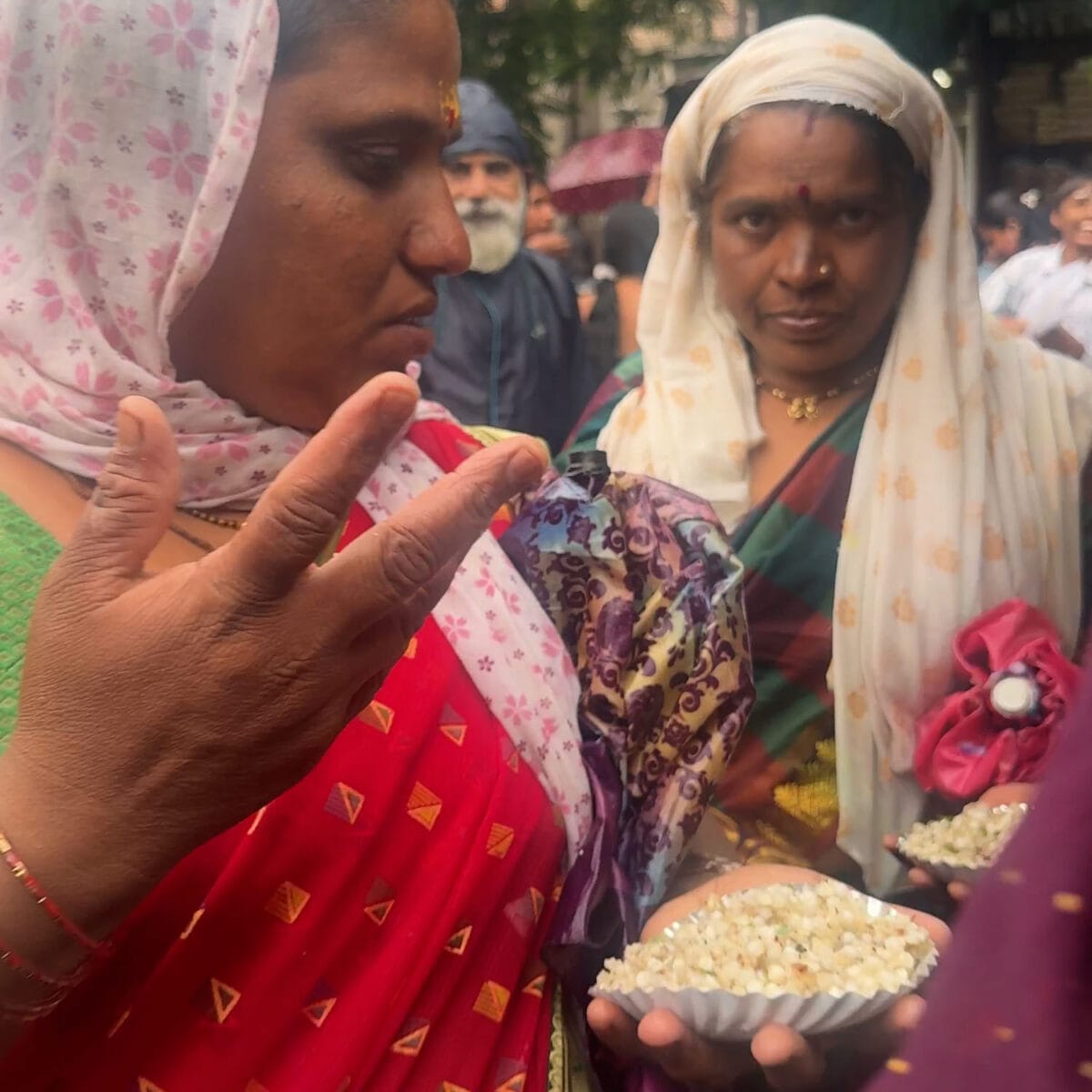
Spiritual & Cultural Resonance
The festival exemplifies unity in diversity, bridging social divides. It emphasizes humility (Pundalik), discipline (fasting), and selfless love (maha prasad and charity). Abhangas by saints like Tukaram and Dnyaneshwar fill the pilgrimage route with heartfelt devotion and spiritual fervor.
Ashadi Ekadashi 2025: Dates, Transport, and Temple Access
- Date: Sunday, July 6, 2025 .
- Transport:
- MSRTC operates special buses (incl. from Nashik) from July 2–11
- Central and South Western Railways add special trains from Bhusaval, Nagpur, New Amravati, Hubballi, etc.
- Temple Access: Vitthal-Rukmini temple allows 24‑hour darshan during the Wari
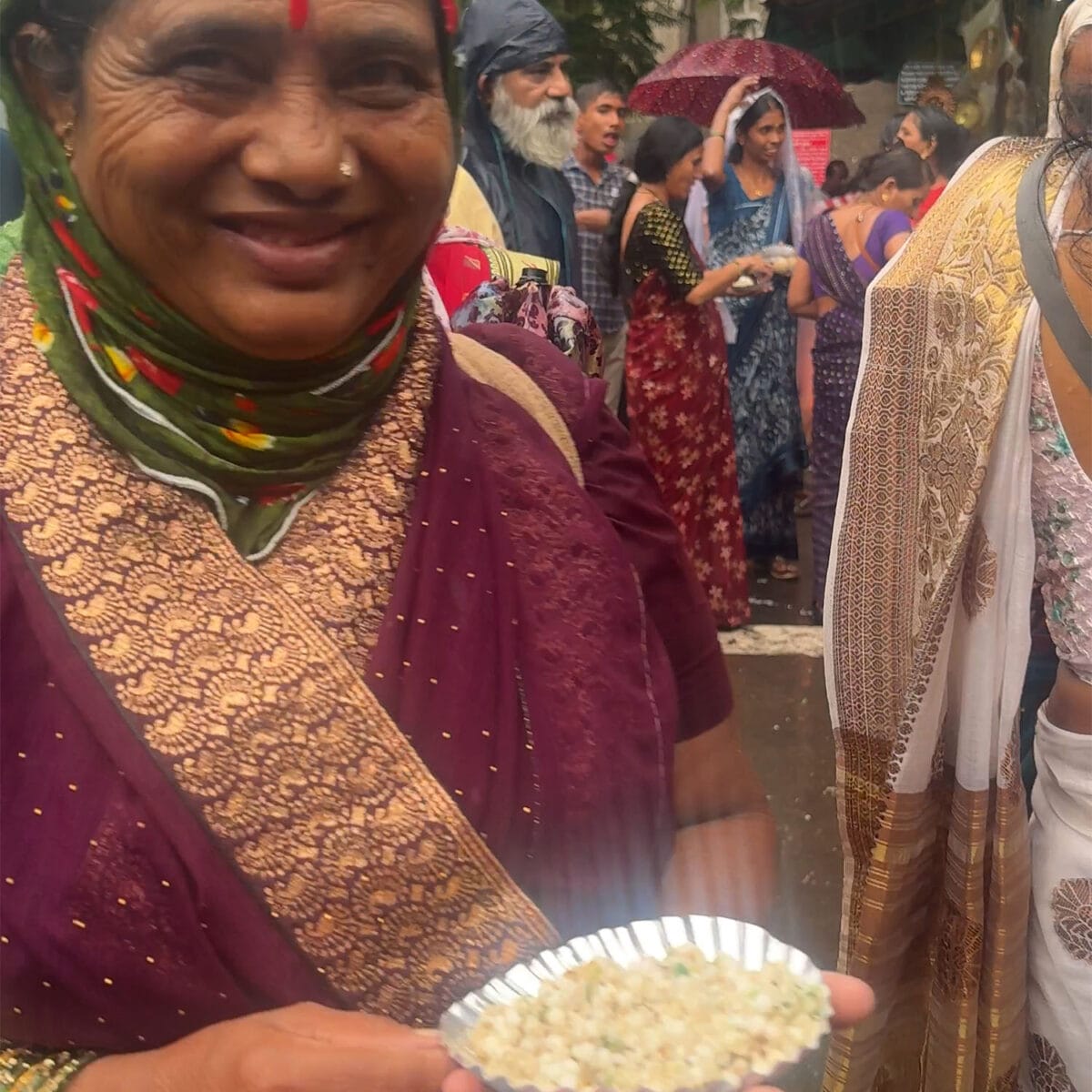
Warkari Tradition: Dindis, Wari, and the spirit of Mauli
Among the most heart-stirring elements of the Pandharpur Wari are the Dindis – disciplined, collective groups of Vitthal devotees who walk together, often for hundreds of kilometers, towards Pandharpur.
These groups are organized with remarkable spiritual order and camaraderie. Each Dindi includes men, women, elders, and children – called Warkaris – who walk in sync, sing abhangas, and carry saffron flags, tulsi garlands, and images and idols of their beloved Vitthal Rukmini.
As they walk, the air vibrates with their ceaseless chants of “Jai Hari Vitthal” and “Shri Hari Vitthal”, invoking the divine presence with every step.
What’s truly beautiful is how Warkaris address one another as “Mauli”, meaning mother—a loving nod to Sant Dnyaneshwar, who saw the divine in everyone.
The Dindi isn’t just a group – it’s a walking, breathing temple of bhakti, where every footstep is a prayer and every voice echoes the unity of Sanatana Dharma.
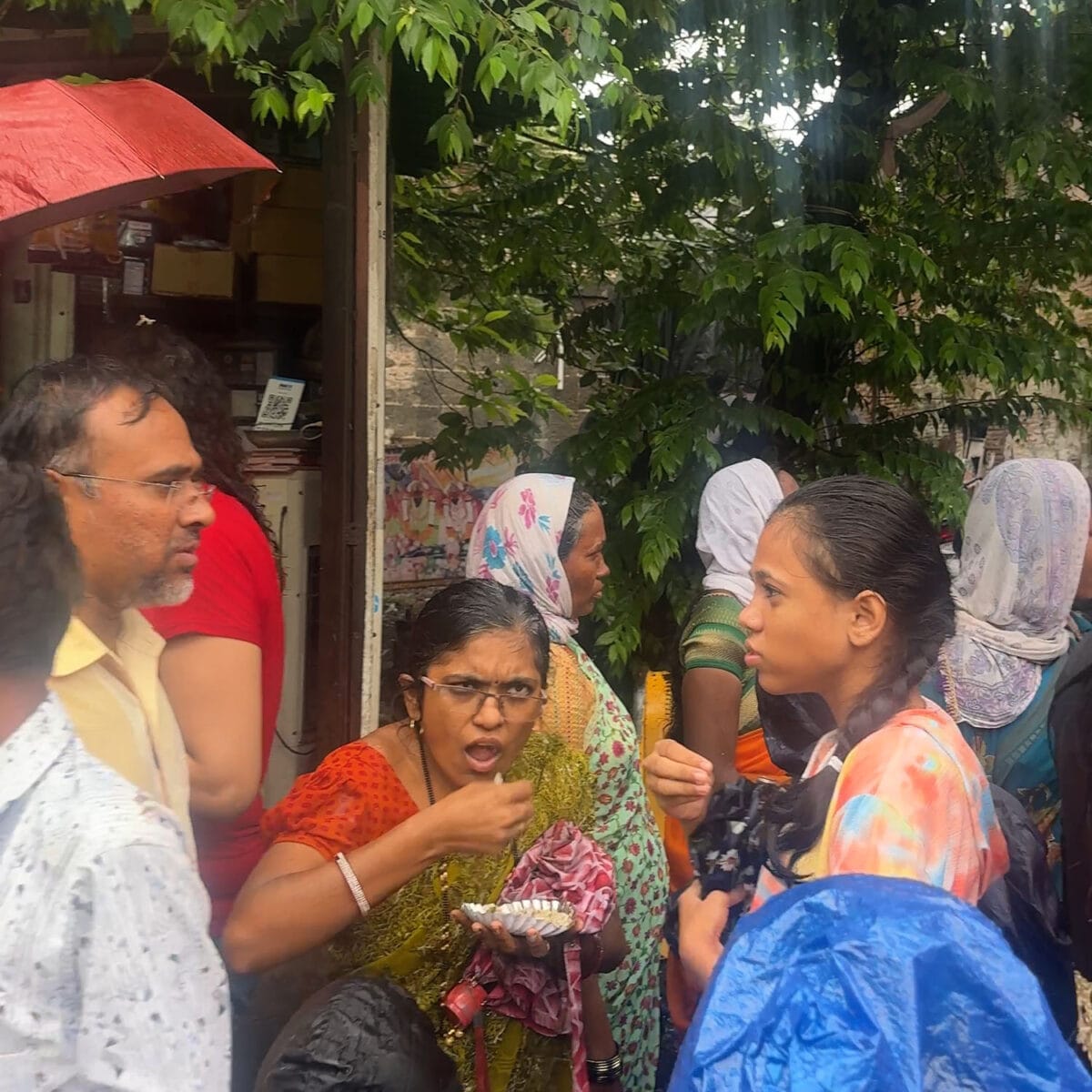
Legend of Bhakta Pundalik & the Standing Vitthal
The legend of Bhakta Pundalik captures the essence of parental devotion. As the story goes, Krishna came to physically meet Pundalik, who was busy caring for his elderly parents.
Pundalik, humbly, placed a brick (vit) under Krishna’s feet and requested him to wait.
Since then, Vitthal stands on a brick, hands on waist, eternally waiting to bless all devotees. Hence, the aarti proclaims:
“Yuge atthāvis, viṭhevari ubhā”
He stands on the Brick for 28 ages.
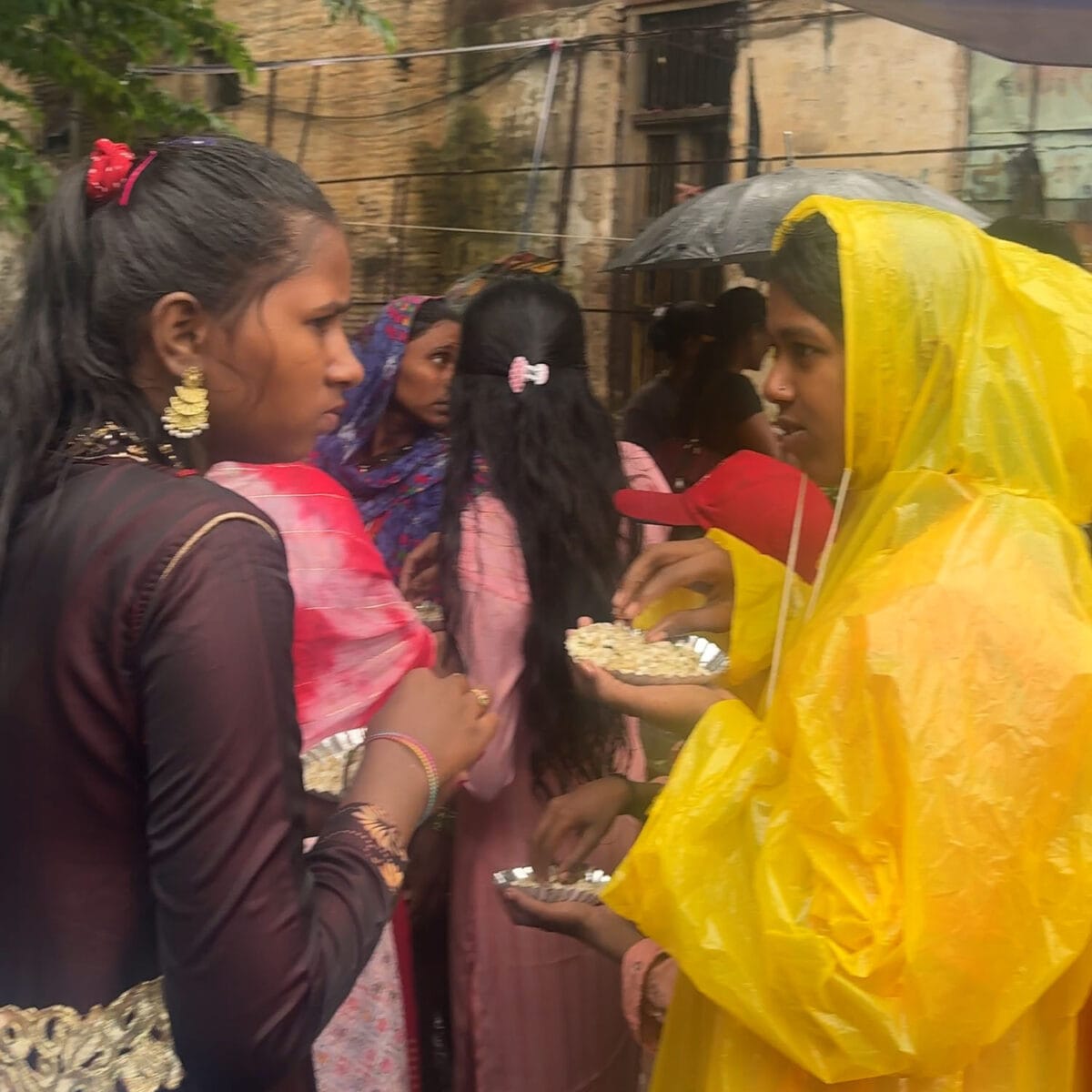
Vithu Rakhumai…Mauli
Ashadi Ekadashi is where cosmic rhythm and human devotion intertwine – Vishnu’s slumber amid monsoons and Krishna’s timeless patience honoring parental love.
The pilgrimage, aartis, and collective spirit reflect a living, breathing Sanatana Dharma that celebrates humility, traditions, and inner renewal.
Jai Jai Ram Krishna Hari 🙏🙏🙏
You may like to read
Frequently Asked Questions (FAQs)
What is Ashadi Ekadashi and why is it important?
Ashadi Ekadashi, also known as Devshayani Ekadashi, is a highly revered day in the Hindu calendar when Lord Vishnu enters Yoga Nidra (cosmic sleep) for four months. It marks the beginning of Chaturmas and holds immense spiritual significance, especially in Pandharpur, where millions of Warkaris gather to seek the blessings of their beloved Vitthal and Rukmini.
Where is the Vitthal Rukmini temple located?
The sacred Vitthal Rukmini temple is located in Pandharpur city, Maharashtra, on the banks of the Chandrabhaga River. It’s the central shrine for devotees of Vithoba, a form of Lord Krishna/Vishnu, and becomes the epicenter of devotion during Ashadi Ekadashi.
What is the Pandharpur Wari?
Pandharpur Wari is a centuries-old spiritual pilgrimage in Maharashtra where lakhs of Warkaris walk in groups called Dindis to Pandharpur, chanting “Jai Hari Vitthal” and “Shri Hari Vitthal.” It culminates on Ashadi Ekadashi, when devotees gather at the Vitthal temple for darshan.
Who are the Warkaris and what are Dindis?
Warkaris are devotees of Shri Hari Vitthal who walk on foot to Pandharpur as a form of penance and devotion. They travel in organized spiritual groups called Dindis, each maintaining discipline, chanting bhajans, and spreading the message of unity and bhakti.
What is the meaning of “Mauli” in the Wari tradition?
In the Warkari Sampradaya, devotees lovingly address each other as “Mauli”, meaning mother. It symbolizes mutual respect, equality, and the divine essence in every soul, inspired by Sant Dnyaneshwar, who called God and humanity by the same endearing name.
What is the story of Bhakta Pundalik and Lord Vitthal?
According to legend, Shri Krishna appeared before his great devotee Pundalik, who was serving his elderly parents. Pundalik, not wanting to interrupt his service, offered Shrikrishna a brick (Vit) to stand on. Touched by his devotion, the Lord stayed there – standing on the brick for 28 yugas – as Vitthal. This moment is captured in the chant: “Yuge atthāvis, viṭhevari ubhā.”
What is the date of Ashadi Ekadashi in 2025?
In 2025, Ashadi Ekadashi will be observed on Sunday, July 6, with temple celebrations beginning from the evening of July 5 and peaking during early morning darshan at the Vitthal Temple Pandharpur.
Can anyone join the Pandharpur Wari or Dindis?
Yes! The Pandharpur Wari is open to all. Anyone with devotion can walk with a Dindi, regardless of caste, creed, or age. It’s a vibrant, inclusive movement of bhakti (devotion) and seva (service).
What are the best ways to reach Pandharpur?
MSRTC runs special buses and Indian Railways schedules additional trains to Pandharpur from cities like Nashik, Pune, Mumbai, Nagpur, and Ch. Sambhajinagar. It’s advised to plan travel early due to high demand.
- Diwali 2025: Festival of Lights and Traditions in Nashik - 17 October 2025
- Ramkund Landmark Building Being Demolished Ahead of Simhastha Kumbh 2027 - 14 October 2025
- Swadyog Thali Restaurant at Gangapur Road Nashik Review 2025 - 11 October 2025
